Top 10 Most Beautiful Historical Sites in Croatia
Croatia, from Istria to Dalmatia, has more than 2,000 years of history, having been settled by Ancient Greeks and Romans and then defended against Venetians ... read more...and Ottomans. Some are housed in museums, but much of it has been left in its original state, exposed to the weather, and open to tourists today. Here is the list of ten most beautiful historical sites in Croatia you can find to visit this summer.
-
Known as one of the most beautiful historical sites in Croatia, Dubrovnik is a Croatian city. The old city of Dubrovnik, which was a prominent trading town in the 13th century, is a UNESCO World Heritage site. It was a free state prior to the 18th century.
A tour around the beautiful city walls that ring Dubrovnik's medieval heart is a must-do for anybody visiting the city. They're among the best in the world and a distinctive feature of the city. The view of the ancient town and the glistening Adriatic from the top is breathtaking. The contrast of pinkish-grey stone and azure waters is hypnotic from the shore, while the tight maze of church steeples and terracotta roofs from above looks like something out of a fairy tale – or, at the very least, some Game of Thrones episodes.
Despite a disastrous earthquake in 1667 and attacks by the Nazis and the Yugoslav People's Army in the twentieth century, many of the city's magnificent structures have survived. The gorgeous Cathedral of the Assumption of Mary, with its outstanding organ, the Church of St. Ignatius, the church of St Blasius (Dubrovnik's patron saint), and the Franciscan Monastery, which houses the world's third oldest pharmacy, are just a few of the city's churches.
Location: Dubrovnik, Croatia
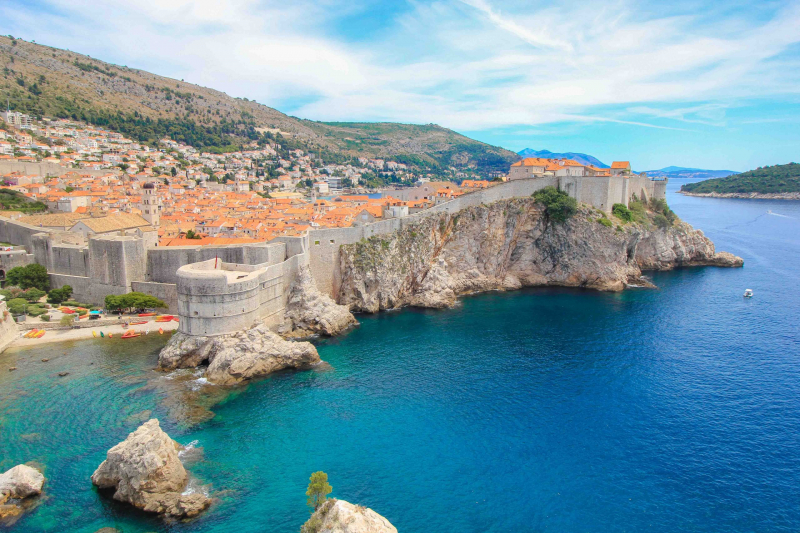
Photo: https://www.placesofjuma.com/ 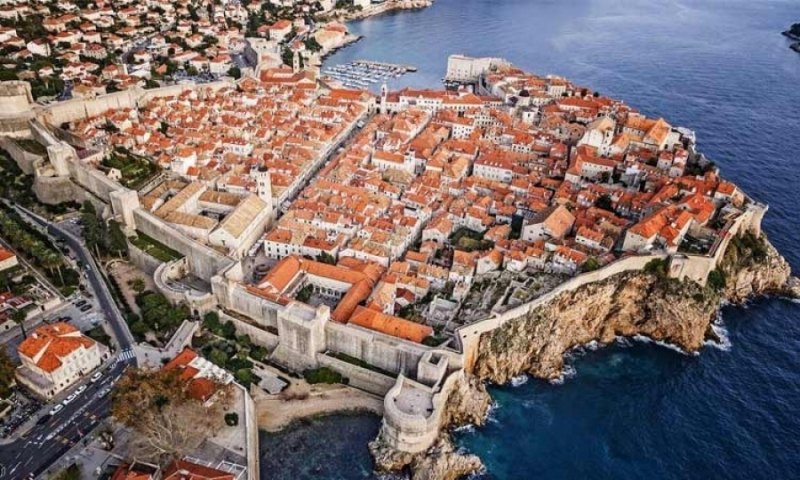
Photo: https://www.thedubrovniktimes.com/ -
Pula Arena, commonly known as Pula Amphitheater, is a historically significant Roman amphitheater in Croatia. Pula Arena was built in the first century AD under the reign of Emperor Vespasian, who was also responsible for the start building of the Colosseum in Rome.
Pula Arena, with a capacity of 20,000 spectators, would have hosted gladiatorial conflicts under the Romans and knightly tournaments during the Middle Ages. The modern Pula Arena, which has a capacity of 5,000 people and has been rebuilt, mostly hosts operas and film festivals.
The Pula Arena is the only one of its sort still standing, with all four side towers intact. Pula Arena's events are significantly more gentle than their historical counterparts, having a capacity of over 7,000 people both seated and standing. Stop by for an opera, a film festival, or a concert featuring the Foo Fighters, Elton John, or Leonard Cohen, among others. On-site ice hockey games have also taken place. Alternatively, simply walk around this massive ancient site and picture what life was like 2,000 years ago.
Pula Arena is located on the seaside and is easily accessible by foot. Alternatively, buses on the red, blue, purple, brown, grey and yellow lines will take you to the FLAVJEVSKA 1-B station, which is located directly outside the arena. Parking Karolina, close to Titov Park, is 50 meters distant for people driving.
Location: Pula, Croatia
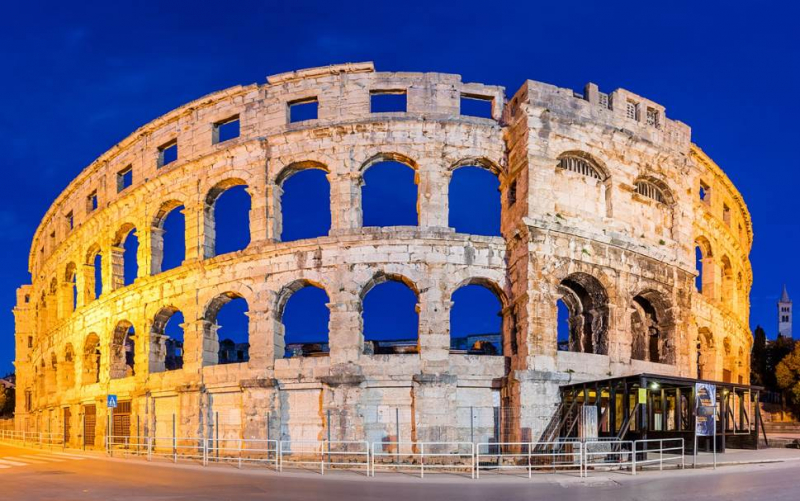
Photo: https://art-facts.com/ 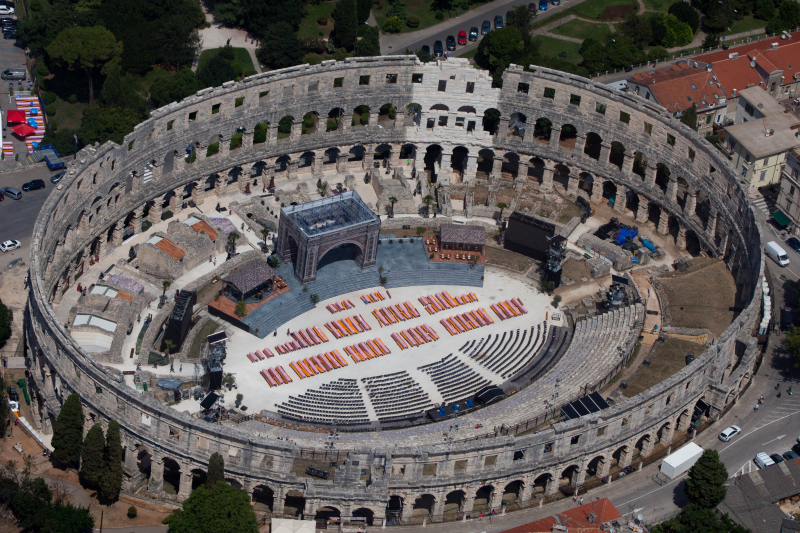
Photo: https://en.wikipedia.org/ -
The lovely Lokrum Island, located just 10 minutes by boat from Dubrovnik, Croatia, is home to spectacular animals, including peacocks and rabbits, as well as a French fort and a Benedictine Monastery Abbey.
Lokrum Island has a long history, with evidence of human habitation dating back to prehistoric times. Richard the Lionheart is said to have been shipwrecked here in 1192 on his way back from the Crusades and swore to build a cathedral if he was rescued. Finally, the church was constructed in Dubrovnik.
Lokrum is a favorite day-trip destination for both inhabitants and visitors to Dubrovnik because it is so close to the Old Town. Today, visitors to the Lokrum Monastery Complex can see what is left in three categories. The earliest are the ruins of a Romanesque-Gothic basilica from the 12th to 13th centuries. The Gothic-Renaissance 15-16th century monastery and cloister garden, which was built to the south of the original Romanesque edifice, is another highlight. Finally, visitors may see a spectacular blend of neo-Romanesque, neo-Gothic, and neo-Renaissance architecture at Maximilian of Habsburg's 19th-century summer palace and gardens.
The neighboring Fort Royal, which was erected by the French after conquering Dubrovnik in 1806, and greatly expanded by the Austrian army in the 1830s, is also worth seeing.
The main way to get to the island is to take the Dubrovnik-Lokrum boat, which departs half-hourly from Porporela, Dubrovnik's Old Port, in the summer. The journey takes approximately 15 minutes and costs approximately 5 euros. A private kayak-guided journey to the island is available for the adventurous!
Location: Lokrum, Croatia
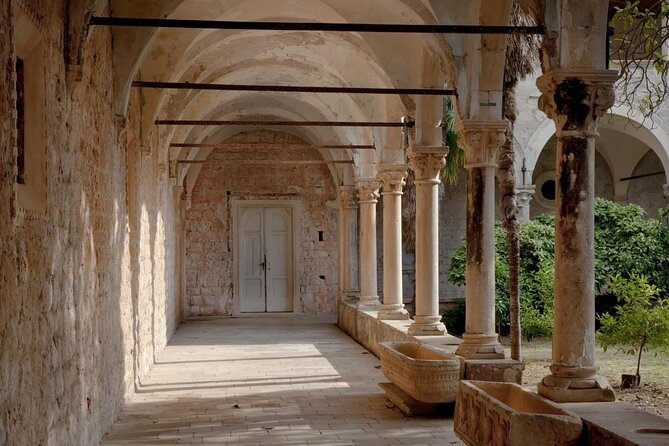
Photo: https://www.viator.com/ 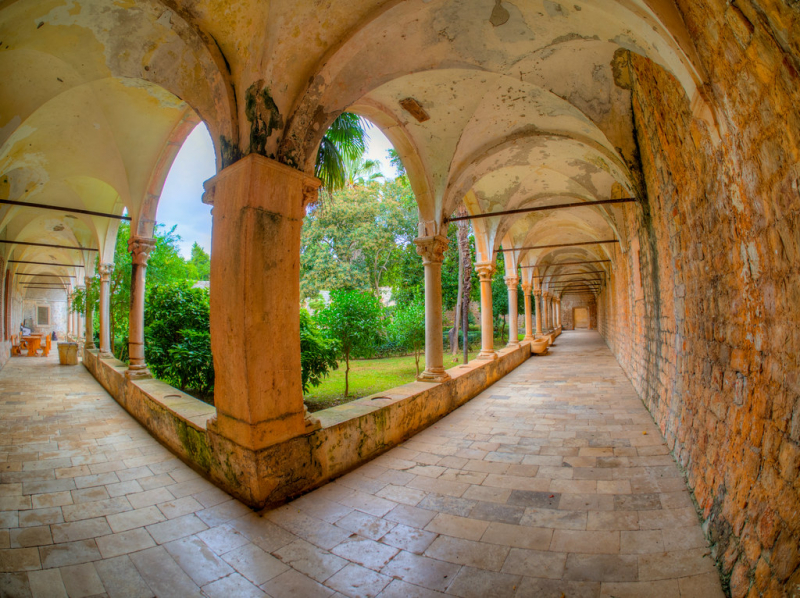
Photo: https://www.flickr.com/ -
Built-in the 1460s to guard the western entrance of Dubrovnik, Bokar Fortress is a remarkable example of elegant and practical defensive design. It's also one of the most well-known filming locations for Game of Thrones.
Bokar Fortress is one of the world's finest examples of 'harmonious and functional fortification architecture,' and was built to defend the western entrance to the city of Dubrovnik. It was designed and mostly built during the 1460s by Michelozzo di Bartolomeo, an Italian architect considered to be one of the great Renaissance pioneers. It was the most important defender of the Pile Gate's strategic importance.
Parts of the magnificent, almost perfectly cylindrical fort are perched on a detached rock allowing the seawater to pass beneath it – which can still be seen today. It is often called 'Zvjezdan,' a Serbo-Croat word meaning starry,' presumably for the amazing views of the light pollution-free night sky as you look out into the Adriatic Sea.
After a century of discussion over whether or not the fort should be completed, it was finally completed in 1570. The fort is now open all year and is perhaps best known as the site of the Dubrovnik Summer Festival performances. The fairytale-like Bokar Fortress appeared in Game of Thrones seasons two and three and is arguably best seen when Varys tells Tyrion he's 'very adept' at becoming the king's hand.
The stronghold is about a half-hour walk from Dubrovnik's historic center. Visitors can also drive there in 5 minutes from the same location.
Location: Dubrovnik, Croatia
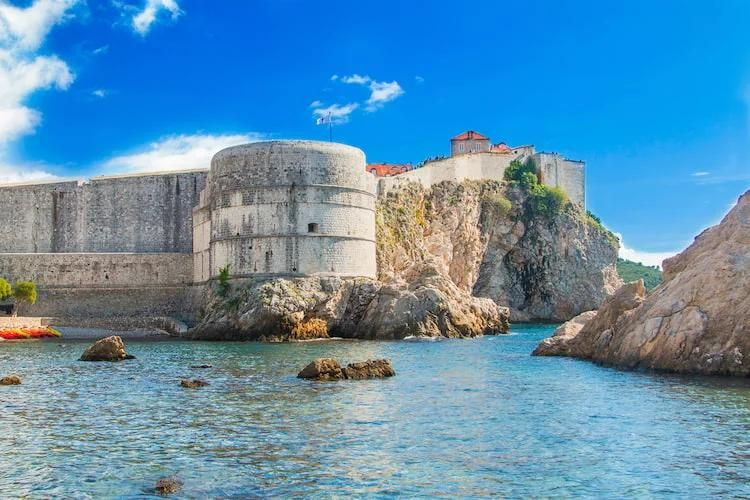
Photo: https://www.historyhit.com/ 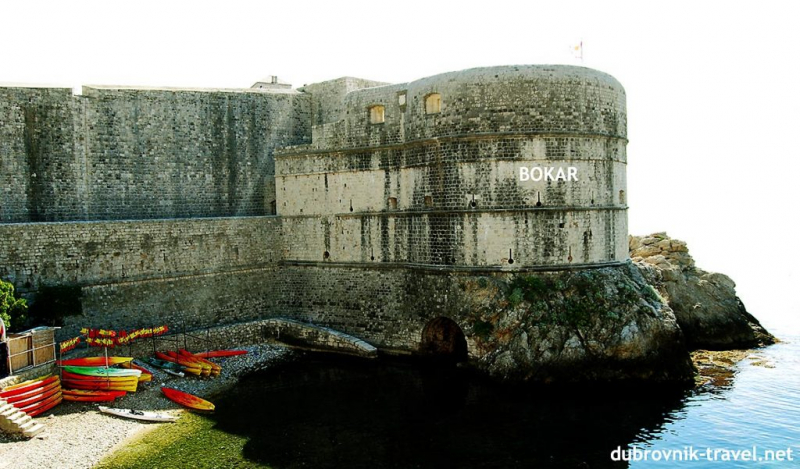
Photo: https://www.dubrovnik-travel.net/ -
The Walls of Ston, often known as "The Great Wall of Croatia," are Europe's longest complete fortress system (and the world's second-longest after the Great Wall of China) and one of the most beautiful historical sites in Croatia. Ston is connected to the nearby town of Mali ('small') Ston by an isolated wall system on the Peljesac Peninsula.
The walls were constructed in the 14th and 15th centuries to serve two reasons. First and foremost, to serve as the first line of defense for Ston and the strategically important port city of Dubrovnik. Second, to protect the area's immensely profitable salt pans, which are still active to this day. The salt produced in Ston is thought to be the purest in the Mediterranean.The limestone walls are in the shape of an irregular pentagon and span a little more than 5 kilometers in length today. They were initially constructed with 40 towers and five strongholds, but only 20 towers remain now. The streets within the walls are set out in a perpendicular pattern.
You may also stop at a variety of hillside eateries to sample some of the world's best oysters, which are served only meters from where they are farmed. Ston is easily accessible from Dubrovnik via local buses, which take around an hour and 15 minutes. Alternatively, a bus from Zagreb Central Bus Station or Korcula Bus Station is available.
Location: Ston, Croatia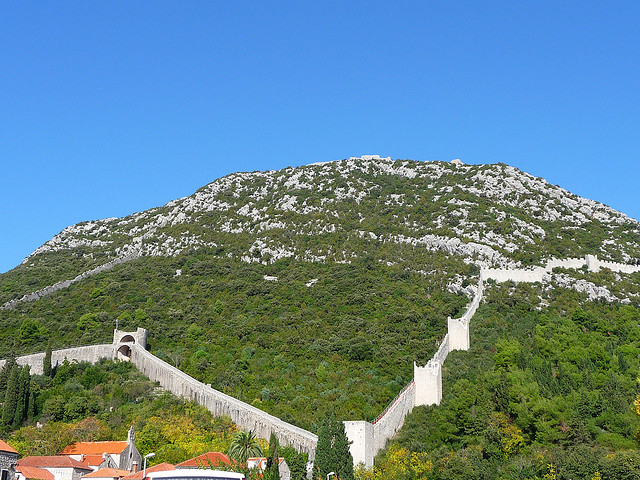
Photo: https://www.kuriositas.com/ 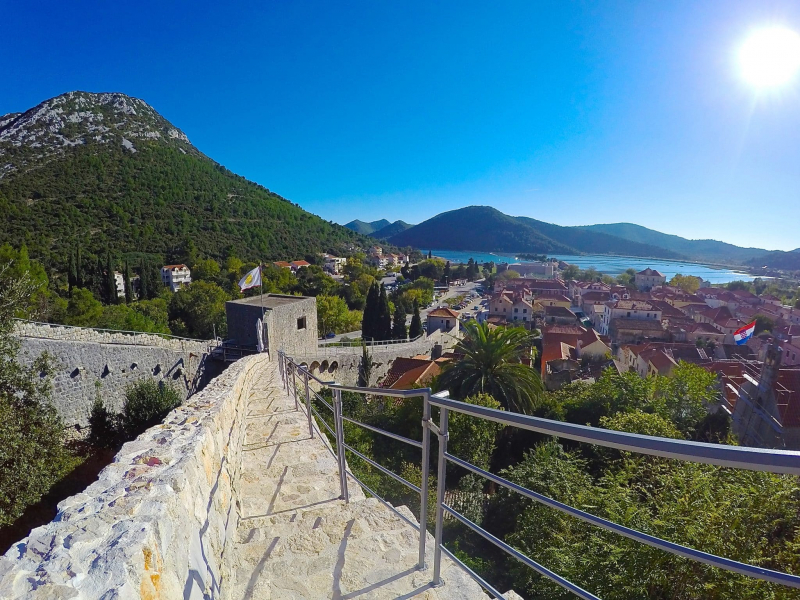
Photo: https://mindfulmermaid.com/ -
The Stari Grad Plain on the Adriatic island of Hvar is a cultural landscape that has remained virtually unchanged since the 4th century BC when it was initially settled by Ionian Greeks from Paros. Since Greek times, this fertile plain's primary agricultural activity, centered primarily on grapes and olives, has been maintained. The location is also a protected natural area. The environment has ancient stone walls and trims, as well as modest stone shelters, and gives witness to the ancient Greeks' geometrical land division system, the chora, which has remained largely unchanged for over 24 millennia.
The Stari Grad Plain, which dates back to the Greek colony of Pharos, is a fine example of ancient Greek agricultural practices and management. The Stari Grad Plain, which was first settled by Ionian Greeks in the 4th century BC, became an important farming landscape, primarily for grapes and olives. Surprisingly, the land has served these goals for millennia and continues to do so today.
The Stari Grad Plain was inscribed on the UNESCO World Heritage List in 2008. The remarkable condition of preservation of its "chora," geometrically arranged plots each surrounded by stone walls, was one of the reasons for its inclusion. These agricultural procedures were a common way for the ancient Greeks to divide the land for farming purposes.
Location: Stari Grad, Croatia
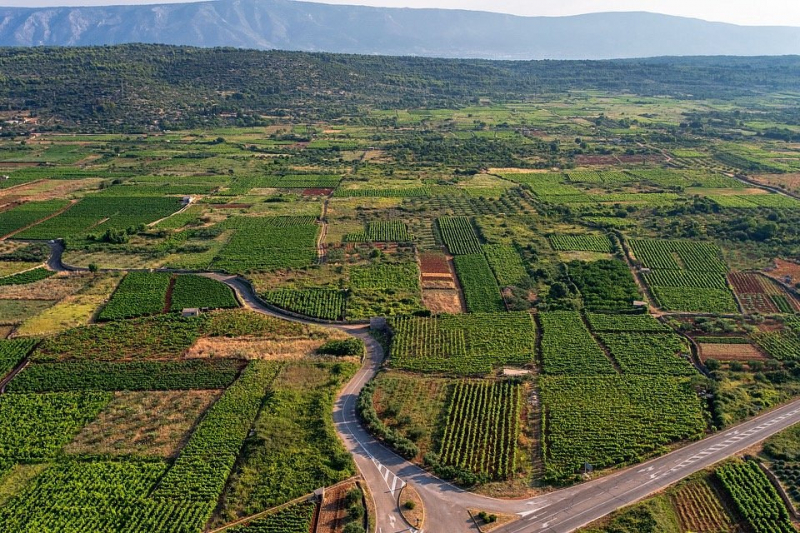
Photo: https://www.tripadvisor.com/ 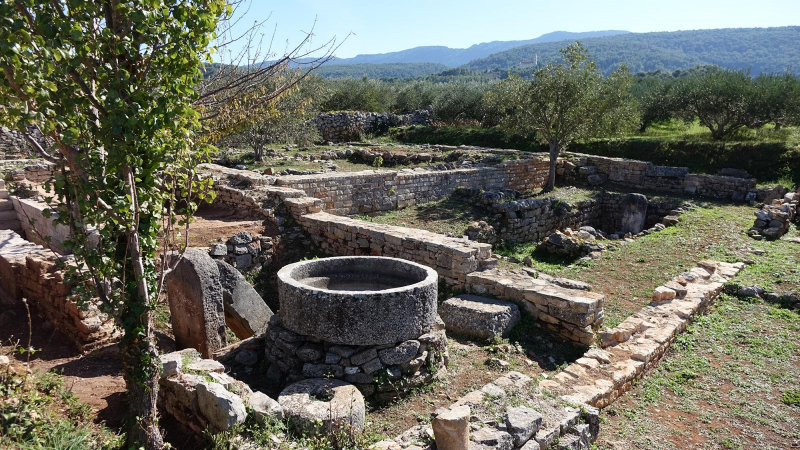
Photo: https://visitworldheritage.com/ -
With towers going back to the fourteenth century and the main building dating to the sixteenth century, Dubrovnik's St John Fort (Sveti Ivan) is one of the city's most spectacular medieval defenses. The city's marine museum is now housed in St John Fort.
This maritime museum, housed in the vaulted chambers of St John Fort, depicts the history of navigation in Dubrovnik through ship models, maritime objects, and paintings. A small cave-like area within the fort houses the former workshop of painter Duro Politika. Pulitika's work is on display here, while the larger front room frequently holds local artist exhibitions.
The Adriatic Sea's vegetation and biodiversity are shown in this little aquarium. The Institute for Marine and Coastal Research at the University of Dubrovnik runs the aquarium, which also functions as a rehabilitation center for injured turtles.
The quantity of retail and other companies in St John Fort is increasing as the city grows. Fort St. John is a fantastic area to come and play, with a diverse range of cultural activities and outdoor activities. Fort St. John boasts excellent recreation facilities and, as "The Energetic City," hosts hundreds of events each year that appeal to people of all ages and interests. Come see for yourself Fort St. John's dynamic spirit!
Location: Dubrovnik, Croatia
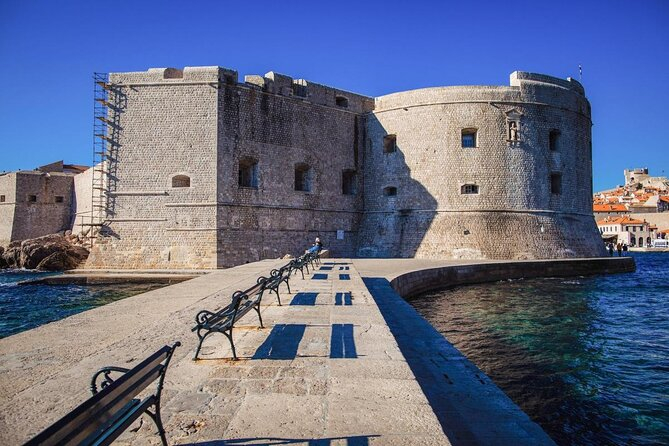
Photo: https://www.viator.com/ 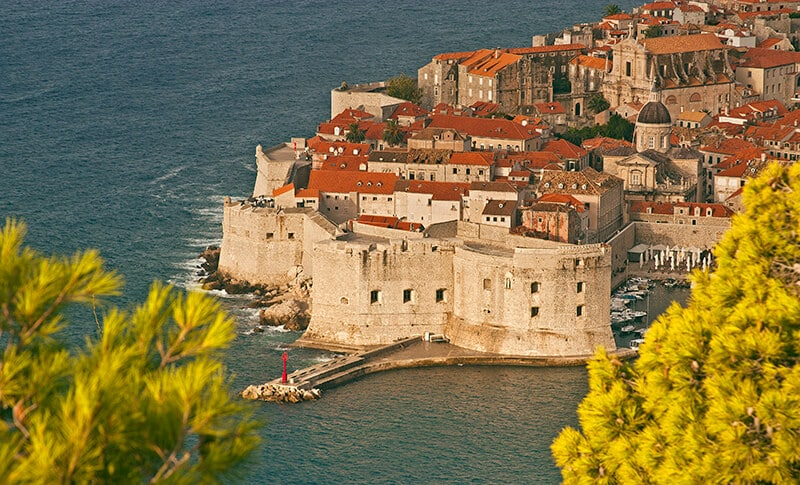
Photo: https://www.godubrovnik.guide/ -
The Zadar Roman Forum was constructed between the 1st and 3rd centuries AD and would have served as the center of daily activity in Roman Zadar. Several monuments can still be found in the Zadar Roman Forum. It stands in front of the well-known St Donatus Church.
Only the original pavement and stairs of the temple in the forum, as well as two massive columns, one of which is still in its original location, exist today, after more than two millennia. The column is supposed to be a shame pillar, with holes for chains, symbolizing the forum's social importance as a place of justice. The celebration location of the mystic worship of Cybele, the Great Mother, is a plastered wall with the remains of frescoes on the west side of the Capitolio.
The Zadar Roman Forum, an excellent example of its kind, is still home to various monuments and offers a beautiful perspective of the famed St Donatus Church. The location is still used for social gatherings, such as concerts, films, and other commemorative events.
Zadar is accessible by automobile by the 424; free parking is available on Ravnica, a 15-minute walk away. The Zadar Bus Terminal is a 25-minute walk away, and nextbike rents bicycle from there.
Location: Zadar, Croatia
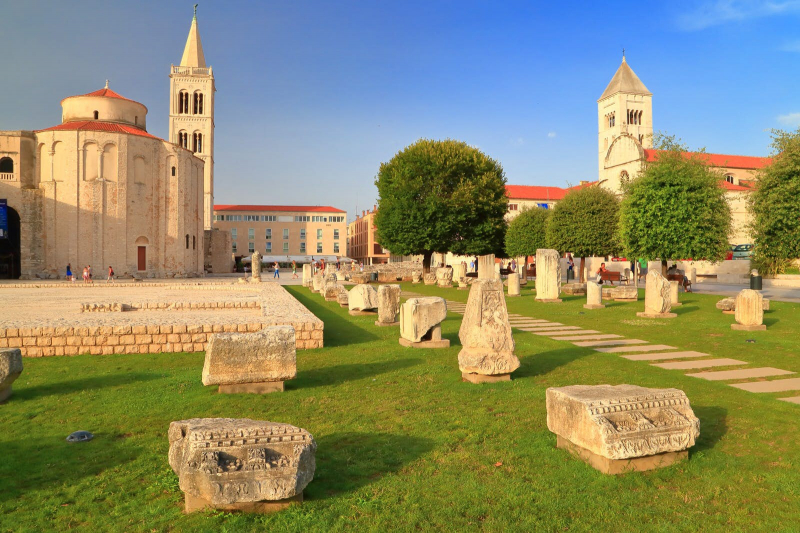
Photo: https://www.lonelyplanet.com/ 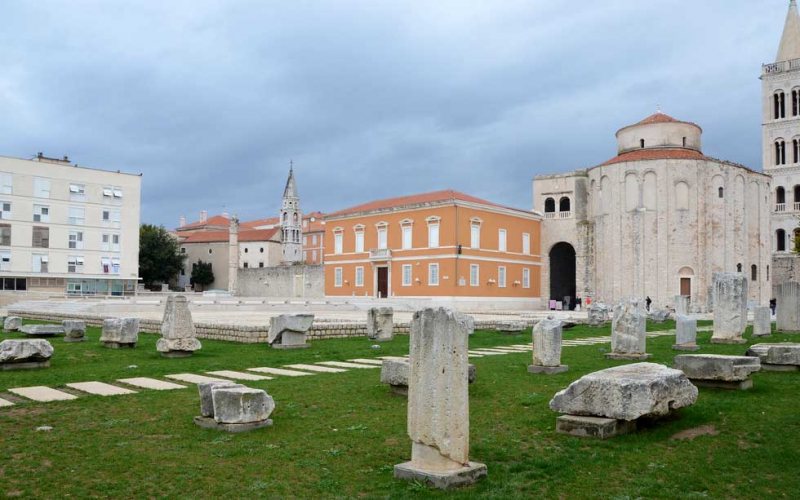
Photo: https://www.absolute-croatia.com/ -
The Minceta Tower, a massive round fort commanding the north-western area of Dubrovnik, was built in the early 1460s at the height of the Turkish menace. The Minceta Tower, like the Eiffel Tower in Paris, is a well-known symbol of Dubrovnik. It was originally built in 1319 as a four-sided fort. It gets its name from the Meneti family.
Minceta Tower was completed in 1464, and even though the 750 steep, winding steps to the top are a challenge for even the fittest cultural tourist, once you reach the top and see the spectacular views of Dubrovnik's old town on one side and the Adriatic Sea on the other, you'll know the climb was well worth it. The museum in the excavated basement is also open to the public.
During the summer, a new flag is flown next to it, the Libertas flag, which has the slogan and symbol of the previous Dubrovnik Republic, with the Latin word "Libertas" meaning "freedom."The best choice for starting the walking tour with fort Mineta as the first sight on a 2-kilometer trek around Dubrovnik's fortification system is to start at the Pile Gate entrance and head right. The tower is located on the outside of Dubrovnik's pedestrianized Old Town and is inaccessible by car. Outside the Old Town walls, however, there is street parking.
Location: Dubrovnik, Croatia
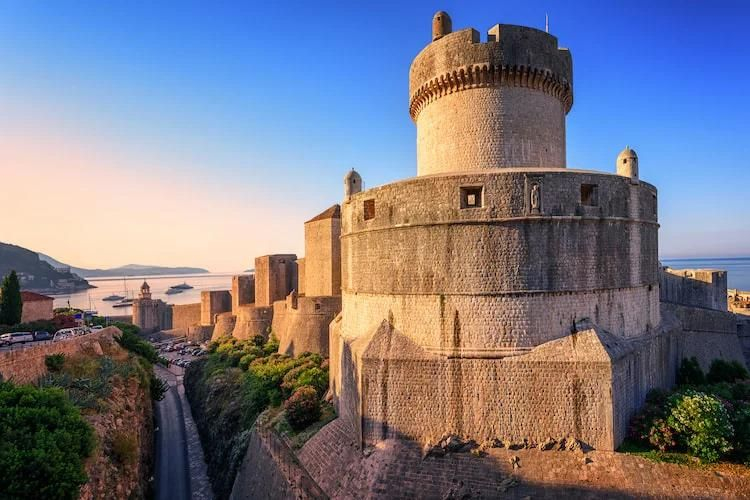
Photo: https://www.historyhit.com/ 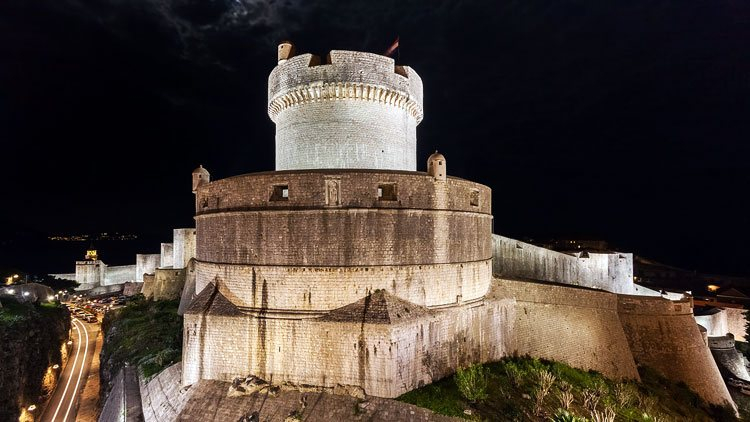
Photo: https://www.kingslandingdubrovnik.com/ -
Fort Lovrijenac is a magnificent and towering cliff-top fort situated outside the medieval city walls of Dubrovnik. It is the last beautiful historical site in Croatia in this list. It guards the western entrance to the city from the Adriatic Sea, making it one of Dubrovnik's most spectacular structures.
The citizens of the Republic of Dubrovnik may have built Fort Lovrijenac in the 11th century to ward against an impending Venetian onslaught. Fans of Game of Thrones will recognize Lovrijenac Fortress as the Red Keep in King's Landing, the Seven Kingdoms' capital. The tournament held in celebration of King Joffrey's name day in the second series was filmed here.
Fans of Game of Thrones will recognize Lovrijenac Fortress as the Red Keep in King's Landing, the Seven Kingdoms' capital. The tournament held in honor of King Joffrey's name day in the second series was filmed here. The parapets that formerly served to defend the city have been turned into some of Europe's most prestigious theatre stages, famous for staging Shakespeare's "Hamlet". The stronghold can be visited in conjunction with a ticket to the city walls. The views from the summit are spectacular and should not be missed!
The fort is a picturesque 25-minute walk from the city center via Ul. Andrija Hebranga. Similarly, a car journey via Zagrebaka Ul will take you roughly 10-15 minutes.
Location: Dubrovnik, Croatia
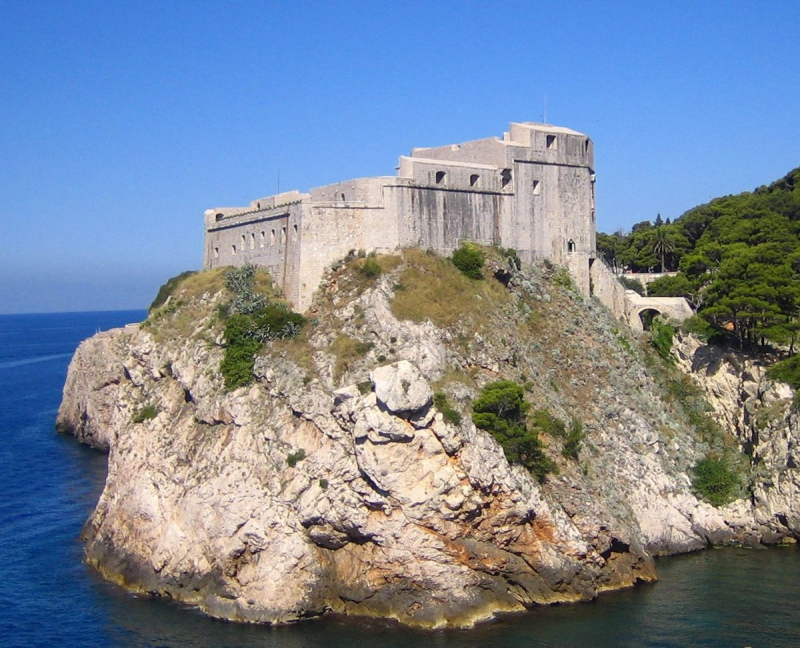
Photo: https://en.m.wikipedia.org/ 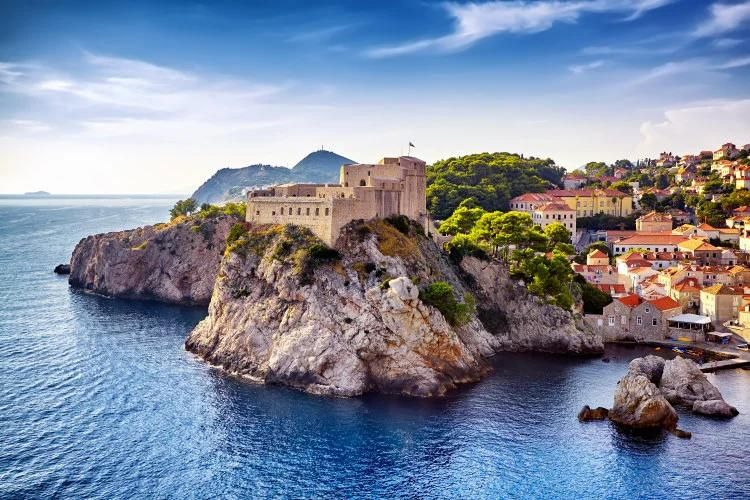
Photo: https://www.historyhit.com/































